Every homeowner encounters minor repairs from time to time, and knowing how to handle them can save both time and money. With a few basic tools and a little know-how, many common household issues can be fixed without calling in a professional. From patching small holes in the wall to fixing a leaky faucet, these simple DIY repairs are manageable for anyone willing to give them a try.
Fixing a Leaky Faucet
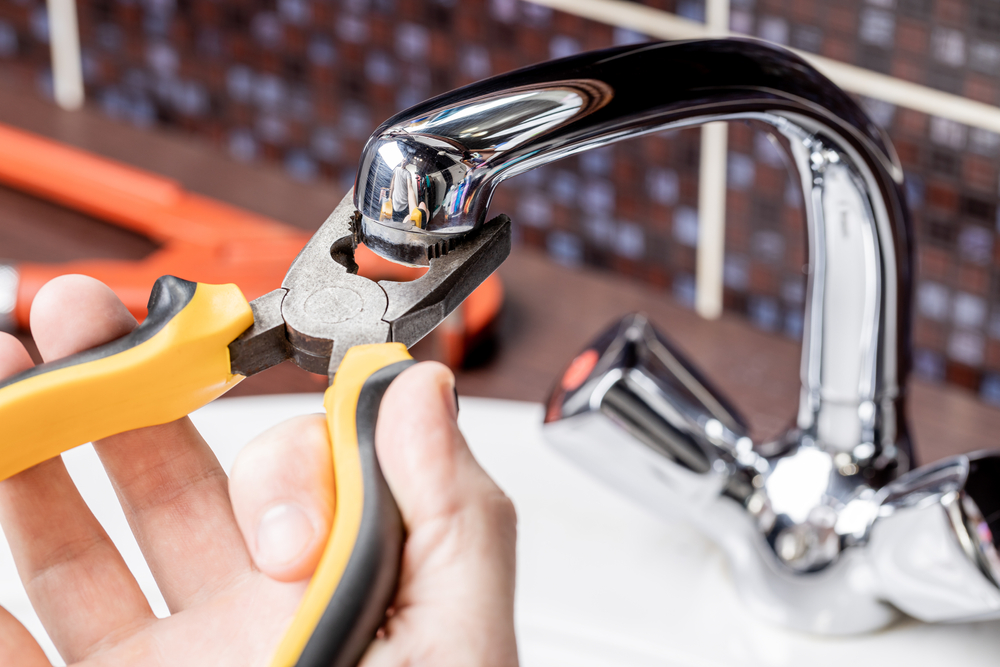
A leaky faucet is one of the most common home repairs and can often be fixed with just a wrench and a few replacement parts. Usually, the problem lies in a worn-out washer or O-ring, which causes water to drip even when the faucet is off. By disassembling the faucet and replacing the faulty part, homeowners can easily stop the leak. This repair not only conserves water but also helps prevent damage to the surrounding area.
Unclogging a Drain
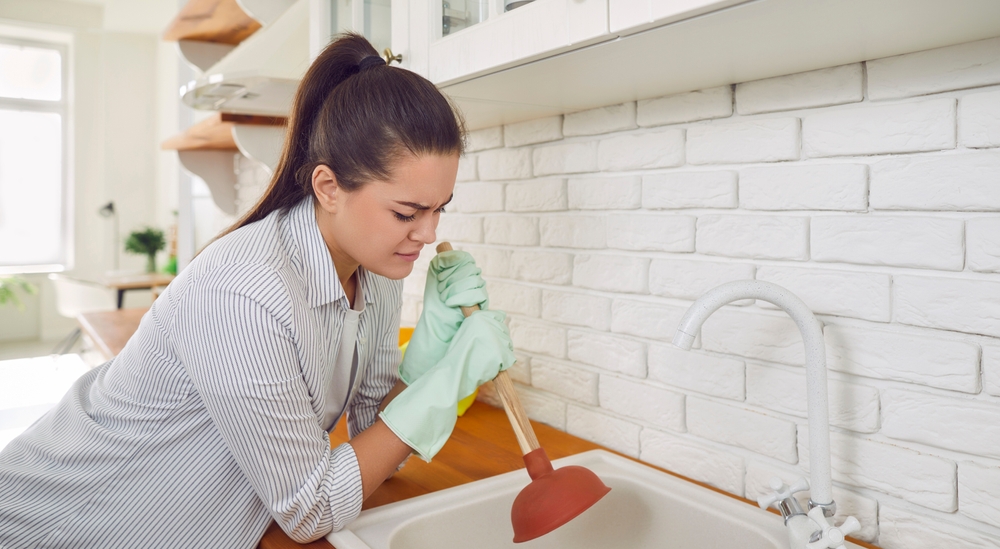
Clogged drains are frustrating, but most blockages can be cleared without professional help. Using a plunger, drain snake, or a mixture of baking soda and vinegar, you can dislodge the debris causing the backup. For more stubborn clogs, a drain auger can be an effective tool. Regularly maintaining your drains can also prevent future blockages.
Patching Drywall Holes
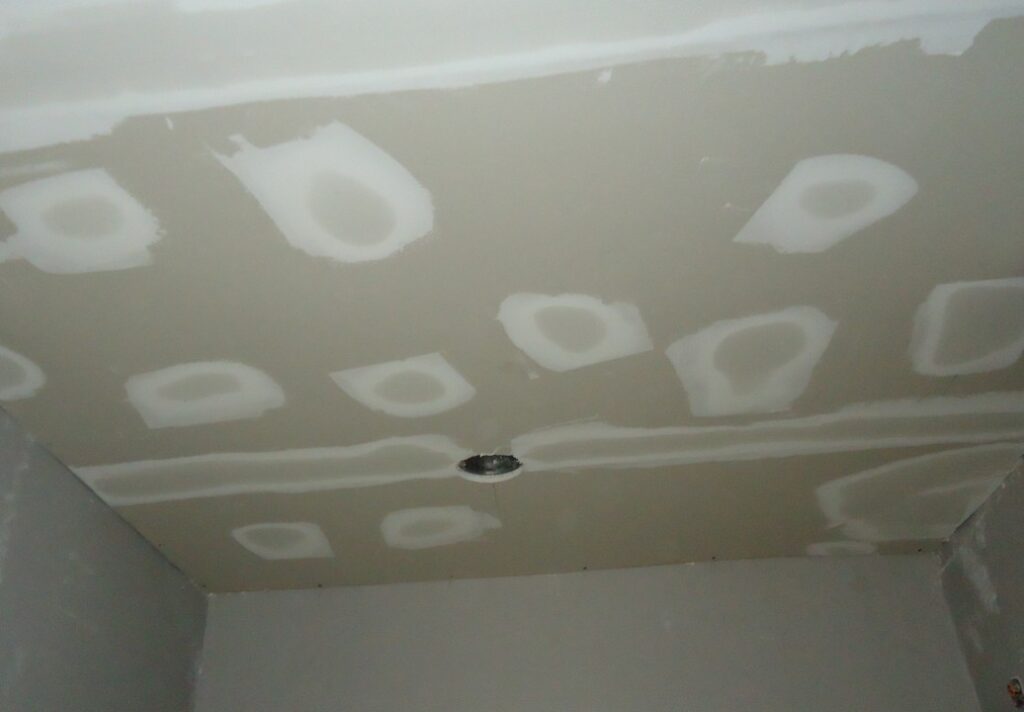
Small holes in drywall from nails, screws, or accidental damage can easily be patched with spackling paste and a putty knife. After applying the paste and letting it dry, a bit of sanding and touch-up paint will make the wall look as good as new. For larger holes, a drywall patch kit with mesh tape can reinforce the area before applying the compound.
Fixing a Running Toilet
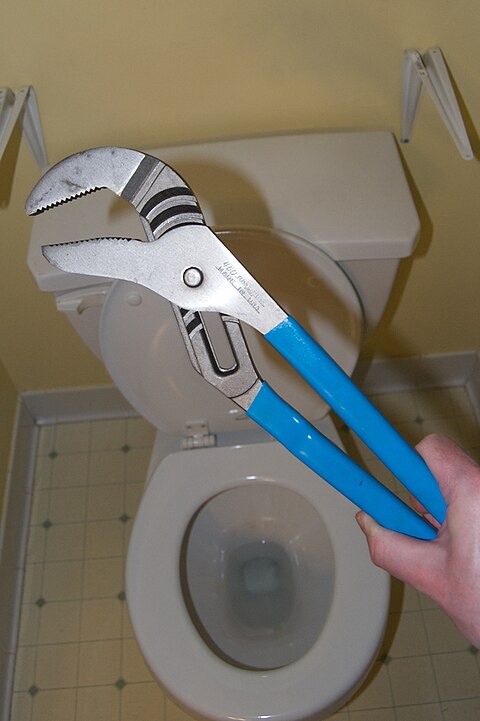
A toilet that runs continuously wastes a significant amount of water. Often, the problem is caused by a faulty flapper or fill valve inside the tank. These parts are inexpensive and can be easily replaced with basic tools. Adjusting the water level in the tank or cleaning out mineral deposits around the fill valve can also help solve the issue.
Replacing a Light Fixture

Switching out a light fixture is a straightforward task as long as the power is turned off at the breaker box. With a screwdriver and wire nuts, homeowners can safely remove the old fixture and connect the new one. Updating light fixtures can also enhance the style and ambiance of a room without much effort or expense.
Re-caulking a Bathtub or Shower
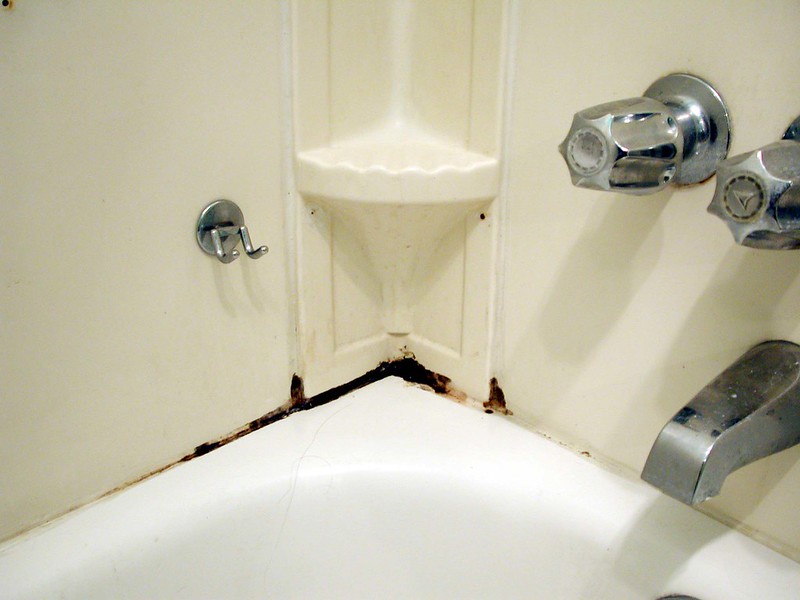
Over time, the caulk around a bathtub or shower can deteriorate, leading to leaks and mold growth. Re-caulking is a simple repair that involves removing the old caulk, cleaning the surface, and applying a fresh, waterproof sealant. Ensuring the edges are properly sealed prevents water damage to walls and floors.
Replacing a Damaged Floor Tile
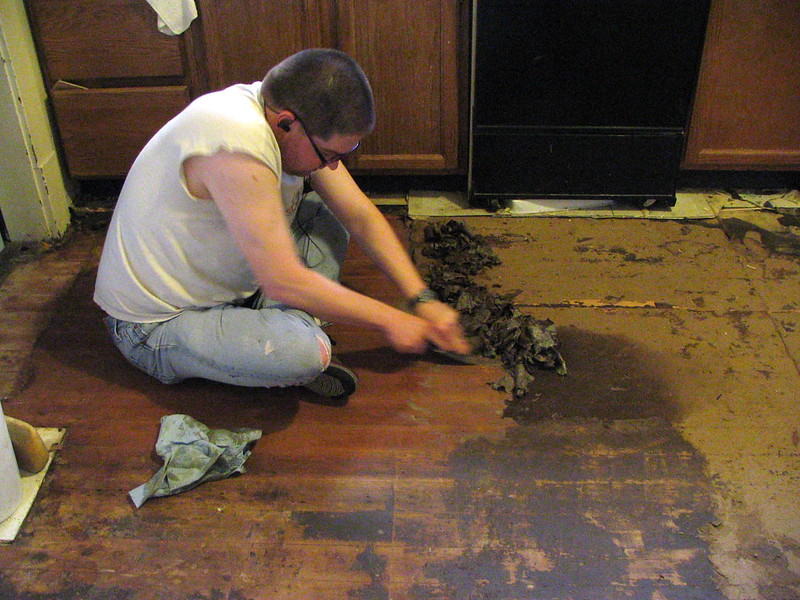
Cracked or damaged floor tiles don’t require a full remodel to fix. By carefully removing the broken tile and using a chisel to clear the old adhesive, you can install a new tile with fresh mortar and grout. With some patience and attention to detail, the repair will blend seamlessly with the rest of the floor.
Fixing a Squeaky Door
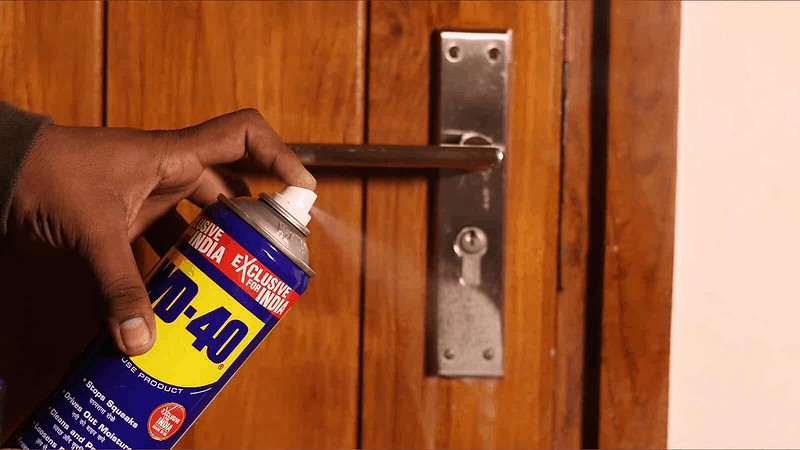
A squeaky door hinge can be silenced with a bit of lubrication, such as WD-40 or a silicone-based spray. Simply applying the lubricant to the hinge pins and moving the door back and forth will stop the noise. If the squeak persists, removing the hinge pins and cleaning or sanding them may be necessary.
Replacing an Outlet Cover

Over time, outlet covers can crack or become discolored, making them unsightly. Replacing them is a simple task that only requires unscrewing the old cover and screwing on a new one. Make sure the power is off when working around electrical outlets for safety, but this repair can typically be done in minutes.
Sealing Gaps Around Windows and Doors
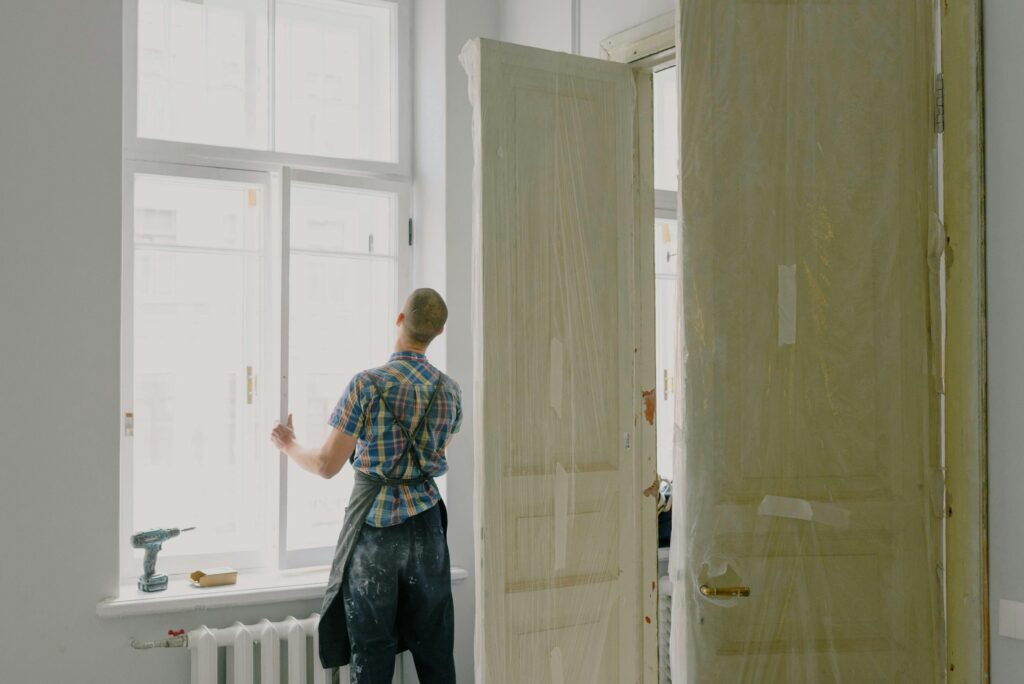
Drafts around windows and doors can increase energy bills by allowing cold air to enter during the winter or cool air to escape during the summer. Weatherstripping or caulk can be used to seal gaps and improve energy efficiency. This simple repair reduces drafts and makes a home more comfortable year-round.
Replacing a Furnace Filter
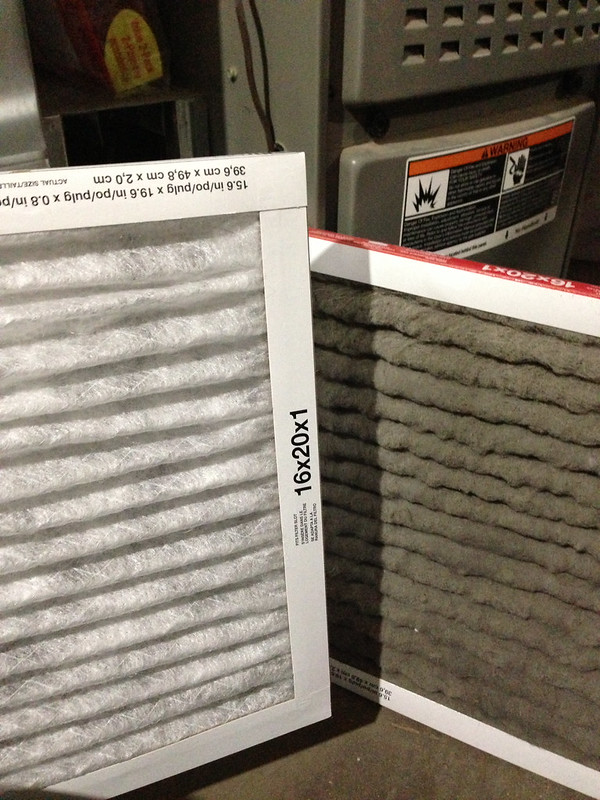
Furnace filters should be replaced regularly to keep a heating system running efficiently and to improve air quality. Homeowners can easily slide out the old filter and replace it with a new one. Be sure to check the filter size and type before purchasing a replacement to ensure it fits properly.
Tightening Loose Cabinet Handles

Loose cabinet handles and drawer pulls can often be fixed with a screwdriver. Tightening the screws or replacing them if they’re stripped restores the functionality and appearance of your cabinetry. This quick fix also prevents further wear and tear on the hardware.
Fixing a Door That Won’t Latch
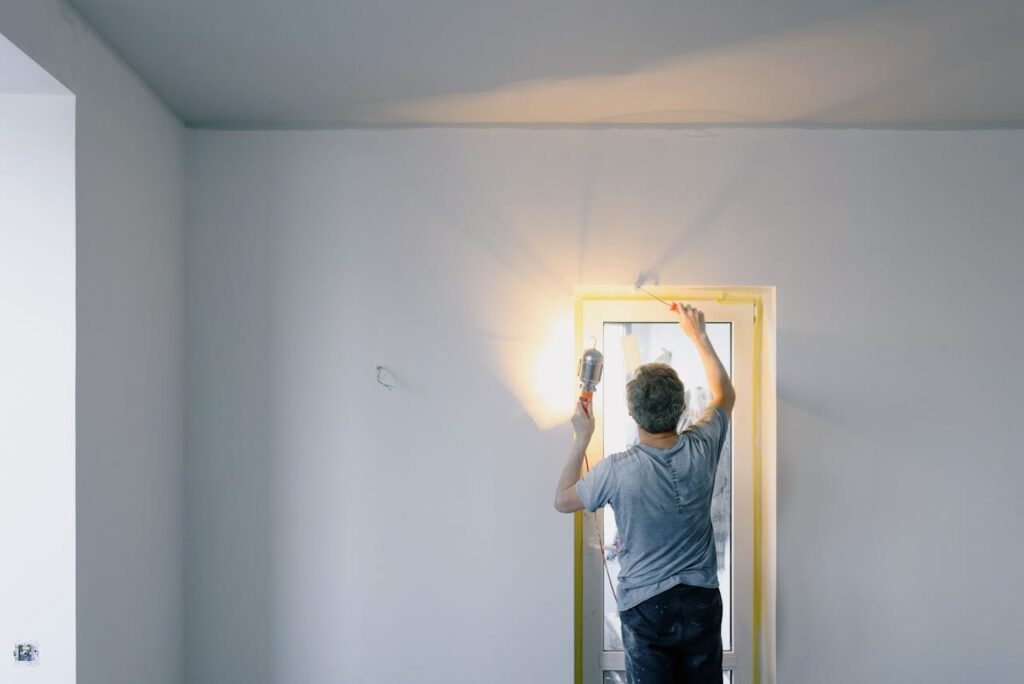
A door that won’t latch properly may be misaligned due to changes in the house’s foundation or a loose strike plate. Adjusting the hinges or repositioning the strike plate can usually resolve the issue. In some cases, filing down the latch or strike plate slightly may be necessary to ensure a secure closure.
Clearing Gutters
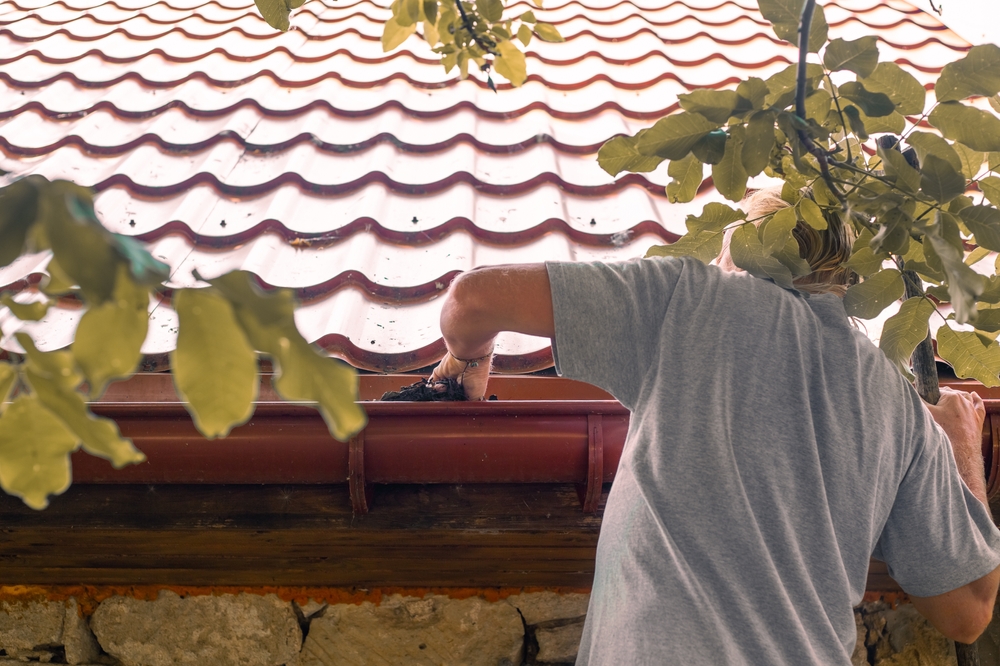
Clogged gutters can lead to water damage by preventing proper drainage from the roof. Using a ladder, homeowners can remove debris such as leaves and twigs from the gutters to allow water to flow freely. Installing gutter guards can also prevent future clogs, reducing maintenance needs.
Repairing a Loose Toilet Seat

A wobbly toilet seat is not only uncomfortable but can also lead to damage if left unfixed. Tightening the bolts that hold the seat in place or replacing worn-out hardware can quickly resolve the issue. Most toilet seats are designed to be easily removed and reattached with minimal tools.
Fixing a Stuck Window
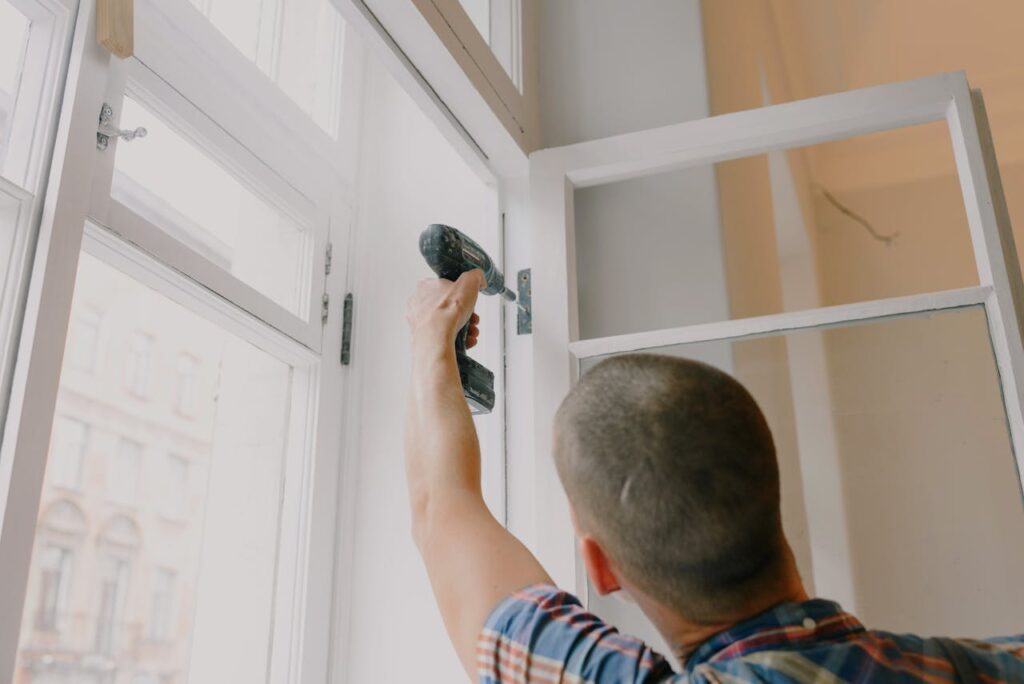
Windows that won’t open or close properly may be due to dirt, paint, or debris in the tracks. Cleaning the tracks with a brush or lubricating them with a silicone spray can improve the window’s operation. In some cases, adjusting the window’s alignment or replacing worn-out components may be necessary.
Installing a New Showerhead
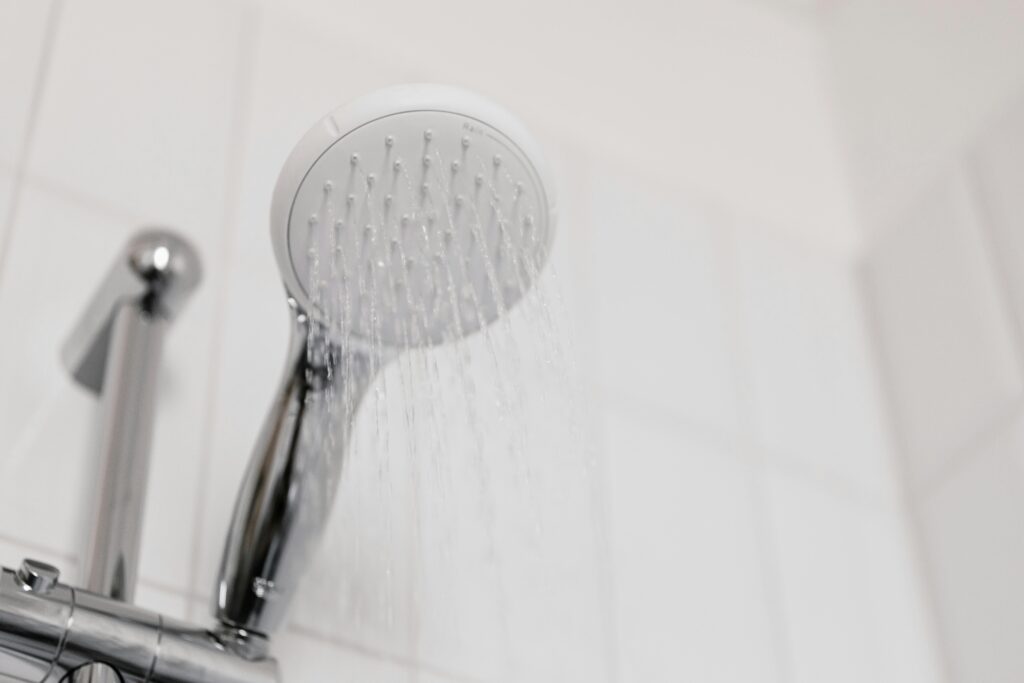
Upgrading a showerhead can enhance water pressure and the overall shower experience. Most showerheads can be installed by simply unscrewing the old one and attaching the new one using plumber’s tape to ensure a secure, leak-free fit. With various styles available, this simple update can make a big impact.
Repairing a Cracked Ceiling
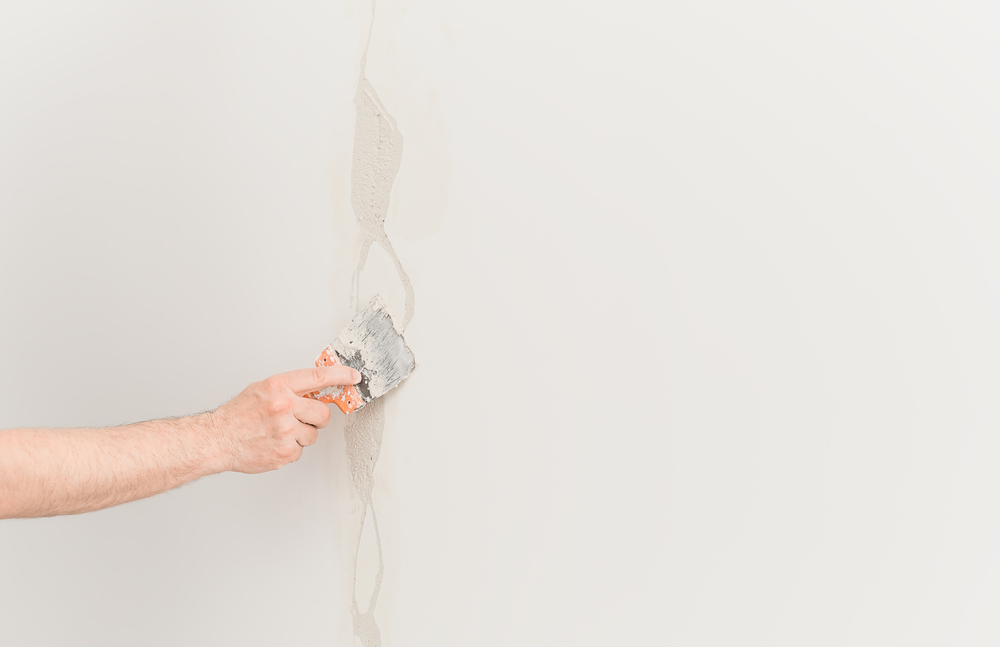
Small cracks in the ceiling can often be patched with joint compound or spackle. After applying the compound and letting it dry, sanding and painting the area will make the repair blend in with the rest of the ceiling. Addressing cracks early can prevent them from expanding and becoming more difficult to fix.
Fixing a Faulty Light Switch

A light switch that doesn’t work properly can be a safety hazard but is often a simple fix. Turning off the power at the breaker and replacing the switch with a new one is typically all that’s needed. With the right tools and basic electrical knowledge, this task can be handled by most homeowners.
Replacing Weatherstripping on a Door
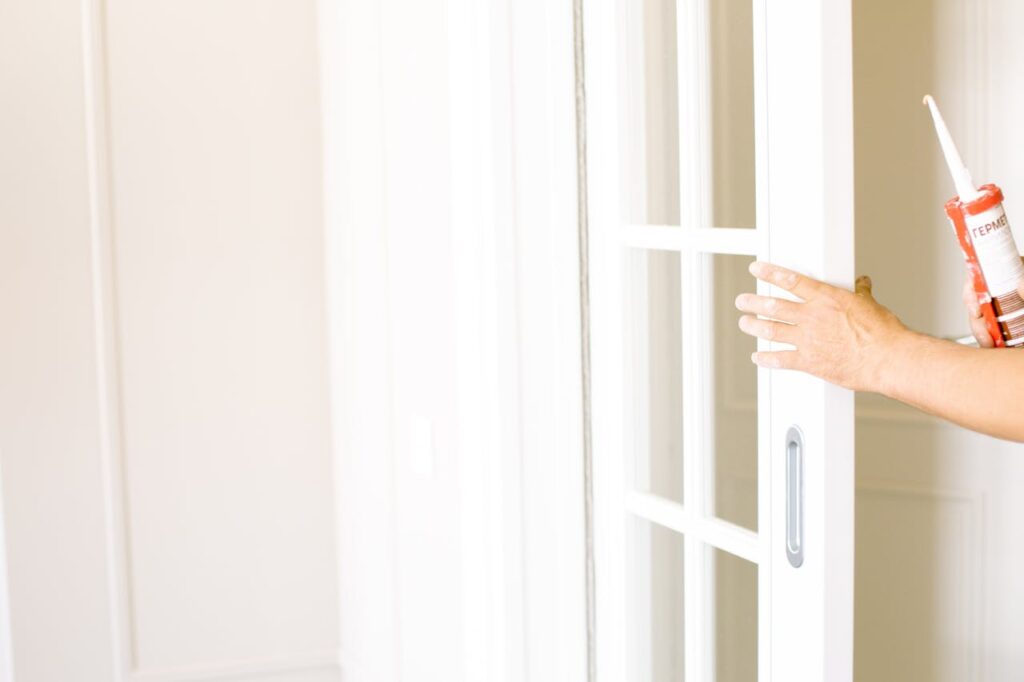
Worn-out weatherstripping on doors can lead to drafts and higher energy bills. Replacing the old material with new weatherstripping is a straightforward task that involves removing the old strip and attaching a new one. This simple repair can make a noticeable difference in your home’s comfort.
Repairing a Broken Fence Post

A broken or wobbly fence post can be a hazard, but it’s an easy fix with the right tools. By digging out the area around the post, reinforcing it with concrete, or replacing the post altogether, you can restore the fence’s stability. Ensuring the post is level before securing it will prevent future issues.
Painting Touch-Ups
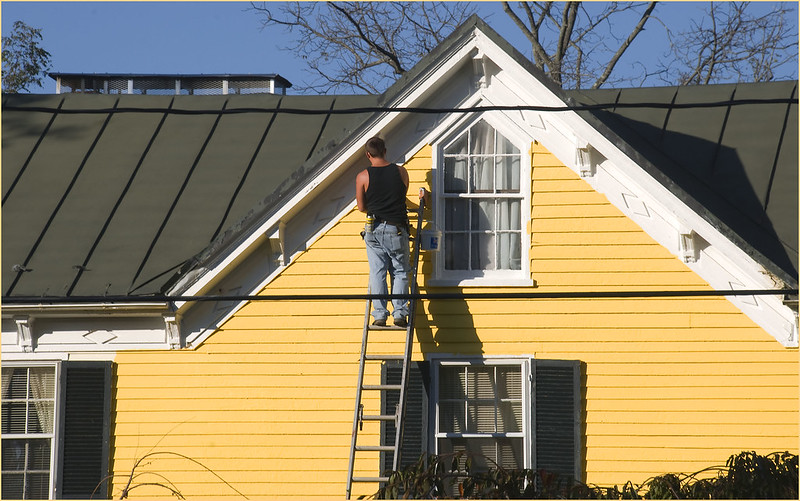
Scuffs, scratches, and chips in paint can detract from the appearance of a room. Keeping leftover paint from your original project allows for easy touch-ups when needed. Simply cleaning the area, applying a small amount of paint with a brush or roller, and blending it into the surrounding wall can restore the finish.
This article originally appeared on UnifyCosmos.
More from UnifyCosmos
The Best and Worst Parts of Working from Home

Working from home has its perks and challenges. For many, the flexibility and comfort are major advantages. However, it also brings distractions and feelings of isolation. Read more!
21 Signs of Social Isolation to Watch for If You Live Alone

This article highlights the key red flags of social isolation for those living alone, providing insight and practical advice to help identify and address these issues early. Read more!
20 Harsh Realities About Retirement You Need to Know

Retirement isn’t always what we dream of. Many retirees face unexpected challenges. Read more!
Leave a Reply